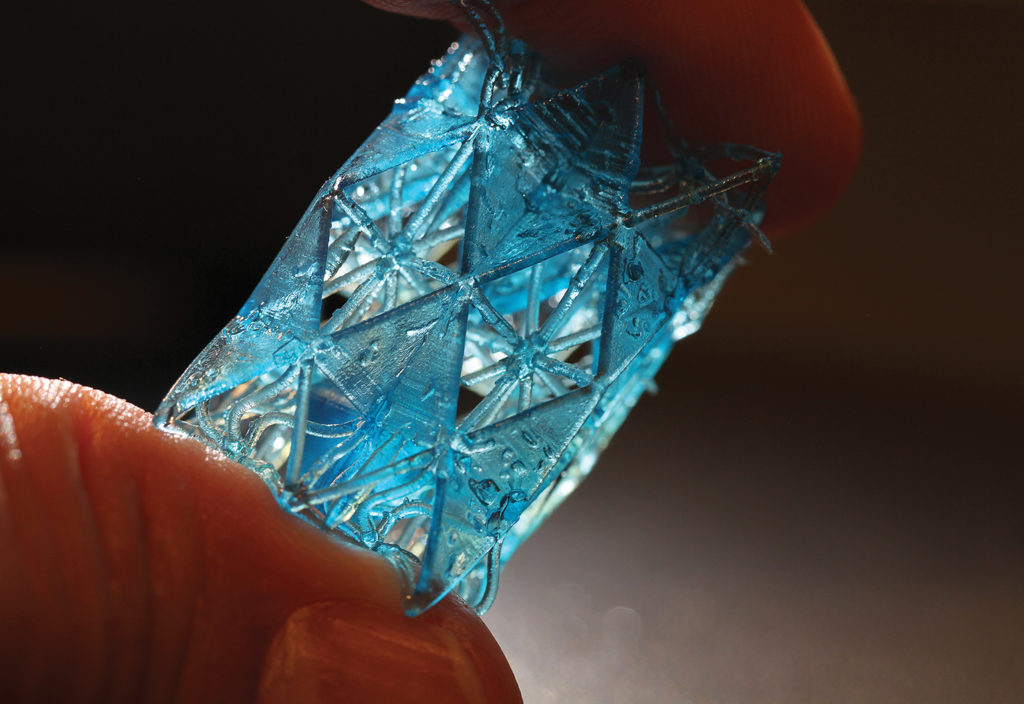Building materials could be made lighter and tougher if they used human bones as inspiration.
That is what a team of US engineers found after applying biological structures to artificial, 3D-printed ones.
“Bone is a building. It has these columns that carry most of the load, and beams connecting the columns,” said Professor Pablo Zavattieri of Purdue University’s Lyles School of Civil Engineering, who worked on the research.
“We can learn from these materials to create more robust 3D-printed materials for buildings and other structures.”
In analysing human bone structures, the researchers found that the spongy trabeculae inside the bone, which consists of columns and beams like a building, has vertical struts that make the bone stiff and strong. However, it also has horizontal struts that increase the bone’s durability.
Applying loads to the bone-inspired 3D-printed polymers, the researchers found that the thicker the horizontal struts, the longer the polymer would last as it took on load.
Because thickening the struts did not significantly increase the mass of the polymer, Zavattieri said the design would be useful for creating more resilient lightweight materials.
“When something is lightweight, we can use less of it,” he said.
“To create a stronger material without making it heavier would mean 3D-printed structures could be built in place and then transported. These insights on human bone could be an enabler for bringing more architected materials into the construction industry.”

